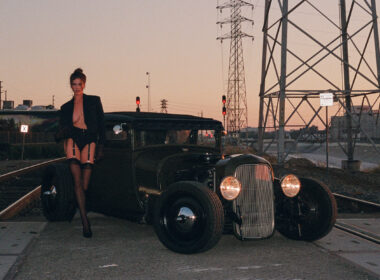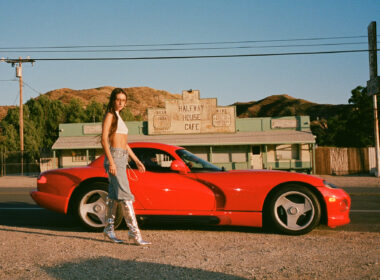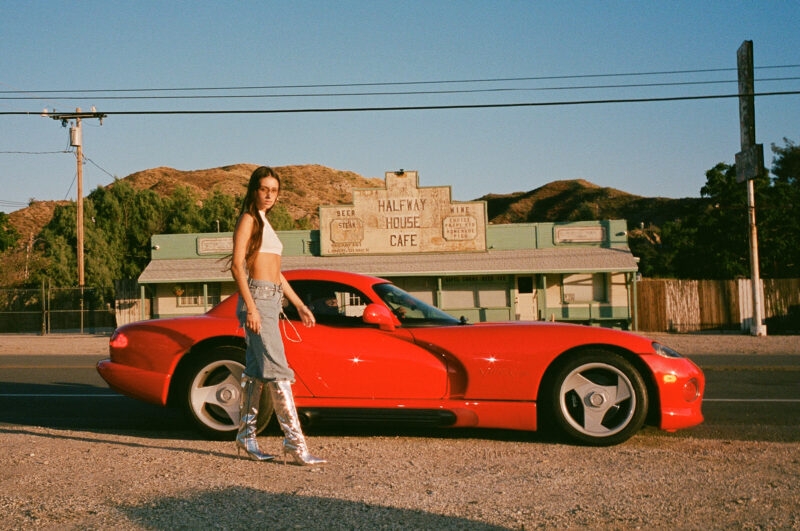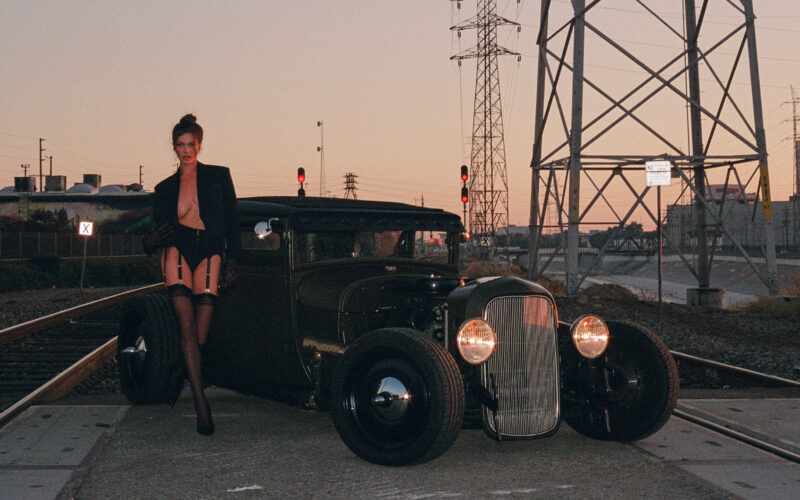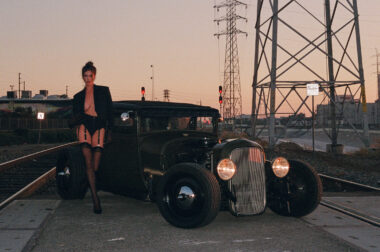This is the Dodge Viper, an American sports car originally conceived in late 1987 by Chrysler President Robert Lutz to compete with rivals Ford and Chevrolet. Drawing inspiration from the Shelby Cobra, Lutz set out to create its predecessor with the full support and backing from then Dodge Consultant, Caroll Shelby. Unfortunately at the time Shelby was waiting for a heart transplant and was unable to dedicate much time to the initial development of the Viper. Lutz then turned to Tom Gale, Chief of Design at Chrysler’s Advanced Design Studios for input.

Within several months a clay model was presented to Lutz and in 1989 a concept made of sheet metal was unveiled at the North American Auto Show. Public reaction for the prototype was so enthusiastic that Lutz directed Chief Engineer Roy Sjoberg to develop it as a standard production vehicle for the Dodge lineup with a production budget of $70 million. SJoberg then selected 85 of the best engineers to be a part of “Team Viper” and asked then-Chrysler subsidiary Lamborghini for assistance with the project, marking the origins of one of the most memorable American sports cars of all time.

The Dodge Viper gets its name from the Viperidae snake, which is among the most aggressive and lethal snakes in the world. When the project was first conceived, Gale and the team knew it wanted a snake inspired name for the vehicle to commemorate the legendary Shelby Cobra. The “a-ha” moment for the name came after a fateful trip to Europe where Gale met with Giorgetto Giugiaro, founder of the Italdesign design studio responsible for the Delorean, Ferrari 250 GT and many others. One night Gale had dinner with Giugiaro, mentioned the project and asked for an Italian snake name suggestion for the vehicle in which Giugiaro replied with ‘Vipera’ and the rest was history.
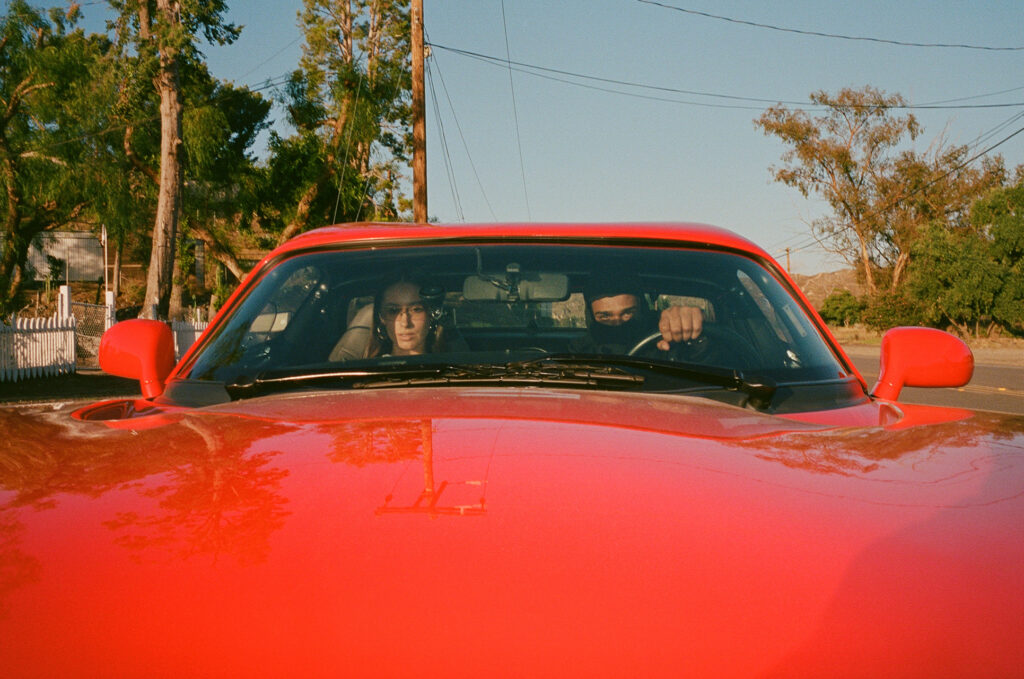
Originally engineered to be a performance car, the first generation Viper had no exterior-mounted door handles, key cylinders or air conditioning. The roof was made from canvas, and the windows were made from vinyl using zippers to open and close, much like the Jeep Wrangler. However the Viper was still equipped with some domestic features like manually adjusted leather-trimmed sport bucket seats, an AM/FM stereo cassette player, Hi-Fi sound system, interior carpeting and aluminum alloy wheels. There were also no airbags for weight reduction purposes.

Under the hood lies a V-10 engine that was developed in collaboration with Lamborghini. Initially the Dodge V10’s were intended for their truck lineup but with the help of Lamborghini the heads and blocks were re-casted in aluminum and the 8.0L V10 engine was born. The engine was two liters bigger than the engine in the Diablo and was built at a quarter of the price. The engine was rated at 400 hp at 4600 RPM and 465 lb-ft of torque at 3600 RPM and was capable of accelerating to 60 mph in 4.2 seconds and completing the quarter mile in a mere 12.6 seconds at a speed of 113.8 mph. Weighing in at 3,280 lbs with no traction control or anti-lock braking paired with the high performance V10 engine made the Viper quite a thrill to drive and immediately sold out on launch day in 1992.

In 1993 Chrysler Corporation backed a new TV series called “Viper” as a part of its plan to shift the public’s perception on the brand and to generate sales for their new sports car. Viper, the show, was about a special United States task force set up by the government to fight crime in the fictional city of Metro City, California. The task force used a modified red Dodge Viper that could, at the flip of a secret switch, transform from a muscle car into an armored machine known as the “Defender”. The Viper “Defender” star car was designed by Chrysler Corporation engineers unlike most Hollywood Television cars that are typically made by film picture designers. After poor ratings, the show was discontinued by NBC, but was later picked up by Paramount and reworked for first-run syndication. The first generation Viper was also seen in films like the Nutty Professor and Vegas Vacation.




